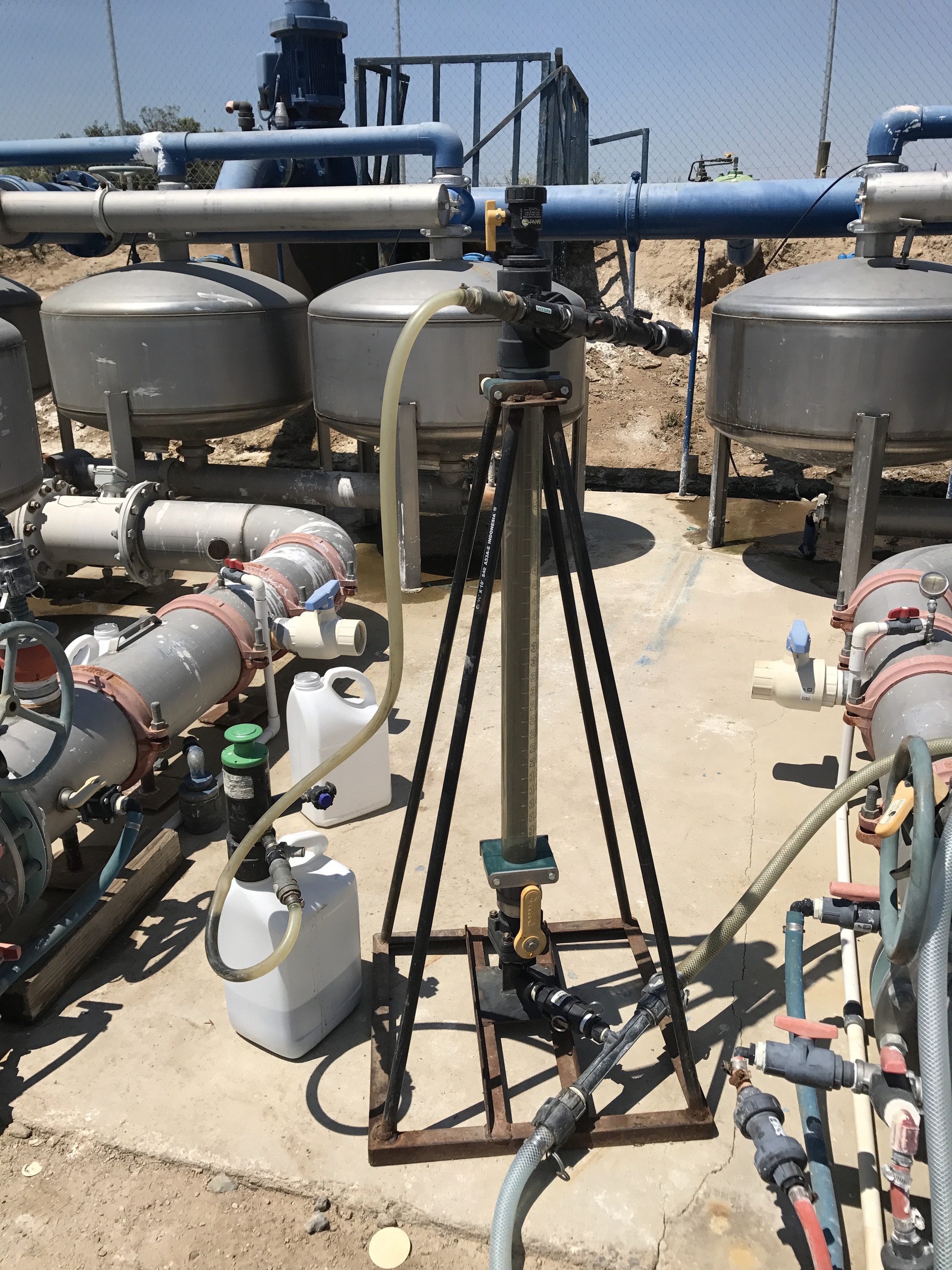
How the right pump can help maintain HACCP and food safety standards
by CMO Staff

For plants using liquid chemical treatments, HACCP compliance can be achieved with the use of the right pump for transfers and mixing

PHOTO: For businesses using chemical treatments, HACCP compliance can be achieved with the use of the right pump for chemical transfers and mixing, such as those made by GoatThroat Pumps
MILFORD, Conn. – Farmers and anyone involved with food production understands the importance of the Hazard Analysis and Critical Control Points (HACCP). This management system is vital in making sure food is safely handled throughout the entire food cycle, from growing, harvesting, procurement and handling, to manufacturing, distribution and consumption.
HACCP includes steps designed to identify food safety risks, prevent food safety hazards before they occur, and address legal compliance through the analysis and control of biological, chemical, and physical hazards. A critical aspect of HACCP is that it is a preventive system. Prevention of hazards is not effective by inspecting the end product. However, managing the production process with HACCP offers the best, most efficient, approach.
This set of standards is used to uphold safety and product integrity across the many industries that handle food and food-grade products. For successful implementation of a HACCP plan, food-production plants must be strongly committed to the HACCP concept. An unwavering commitment to HACCP illustrates to farm workers and company employees the importance of producing safe food.
HACCP uses risk assessment methods to help both industry and government regulating agencies allocate their resources effectively in establishing strong audit practices.
The HACCP system process includes the following:
- Assemble a HACCP team with product-specific knowledge and expertise to develop an effective Food Safety Plan.
- Outline each step in the manufacturing process – from raw materials to end product. This may include details about the farm, equipment used, features of equipment design, cleaning, packaging and storage.
- Conduct a hazard analysis for each step of the process to identify any biological, chemical, or physical hazards and determine how likely the hazard is to occur.
- Determine Critical Control Points (CCPs) – those areas where hazards were identified and may be eliminated.
- Establish critical limits and develop processes that limit risk. Monitor CCPs and develop procedures for ensuring critical limits are followed.
- Establish verification procedures to determine if the HACCP system is working correctly.
- Establish proper documentation and recordkeeping for all HACCP processes to ensure the farms and food business can verify that controls are in place and are being properly maintained.
Farmers, plant managers and business owners understand that being in compliance is not only best practices for keeping consumers safe, but it is also cost effective from avoiding fees and costs from chemical spills, worker safety issues and loss of costly chemicals. Compliance can be achieved by simply making small equipment changes; there is no need for drastic, expensive solutions.
There are many liquid chemical treatments used during the food life cycle, from pre-harvest to post-harvest. Fruits and vegetables are treated with chemicals for pest control, weed prevention and other instances that would deem the produce undesirable such as mold and fungus. Businesses involved with producing food also use chemicals for cleaning and sanitizing.
For businesses using these chemical treatments, HACCP compliance can be achieved with the use of the right pump for chemical transfers and mixing. Liquid chemical handlers are more exposed at the initial mixing and loading stage than they were decades ago, yet many are still using antiquated methods. “Tipping and pouring” method originated when the concentration levels of chemicals were much lower. Today, they have higher concentrations so businesses can dilute the treatments to use more efficiently.
Additionally, businesses achieve HACCP compliance and other regulatory standards when using the right pump by reducing, if not completely eliminating, chemical spills or leaks and worker accidents.
With a legacy of providing cost-effective solutions, pumps such as those made by GoatThroat pumps, allow containers to remain upright and spills from transferring chemicals between containers are completely avoided from the beer tap-style closed-system equipment.
This article was submitted by GoatThroat Pumps. Based in Milford, CT, GoatThroat Pumps develops and manufactures high-quality chemical transfer equipment, with a focus on improving worker safety and global environmental compliance.